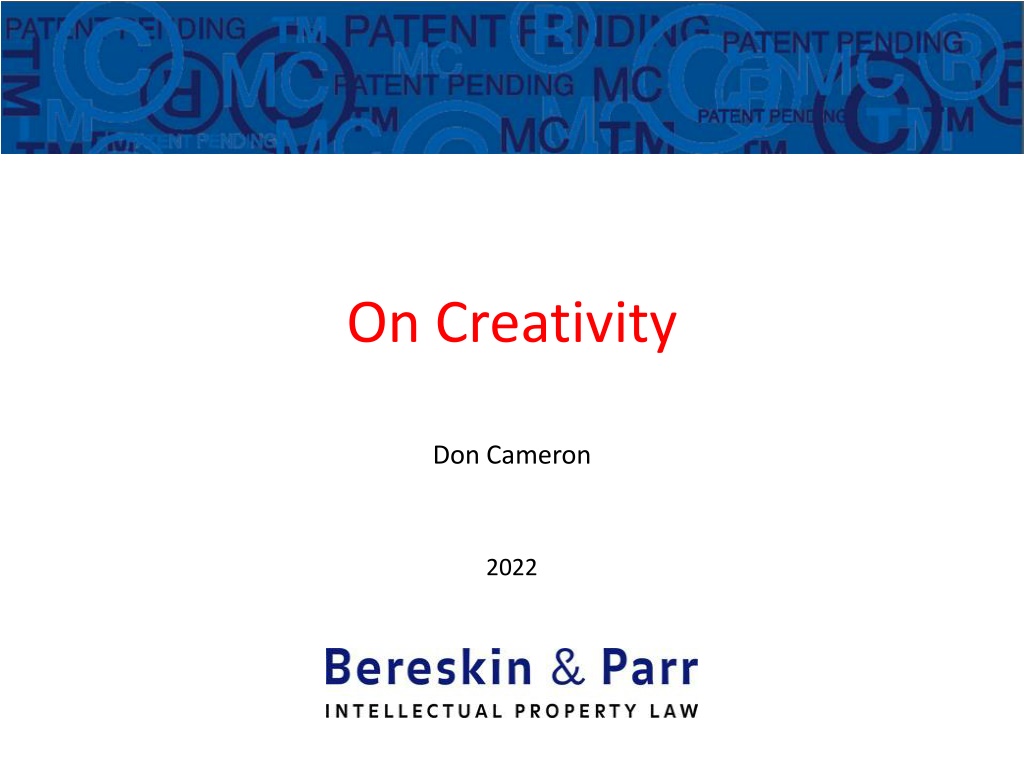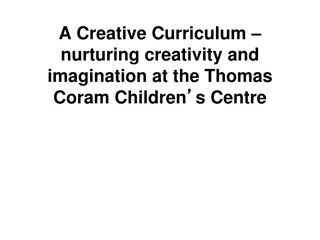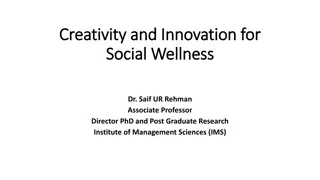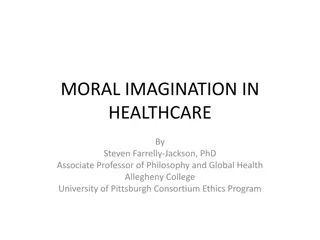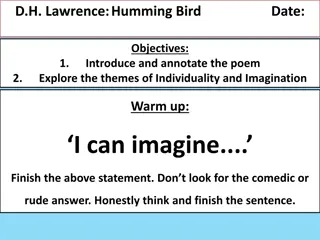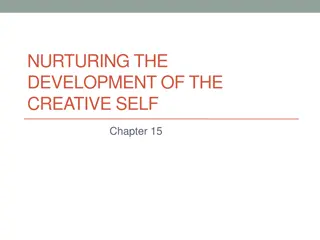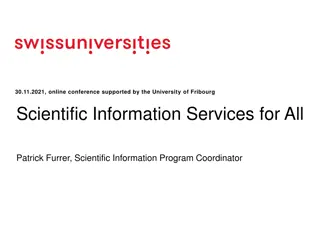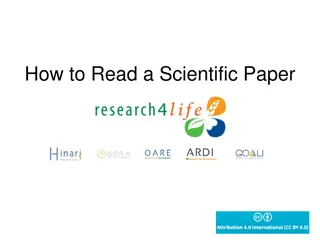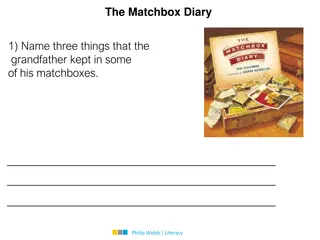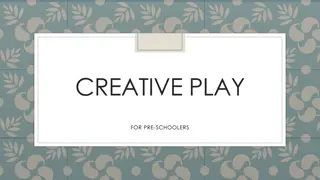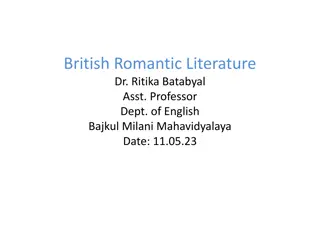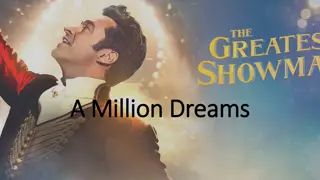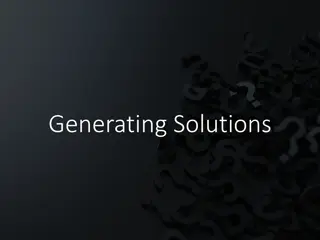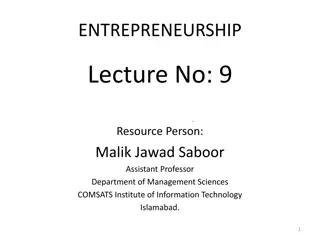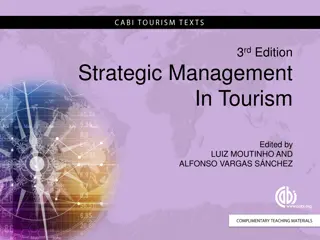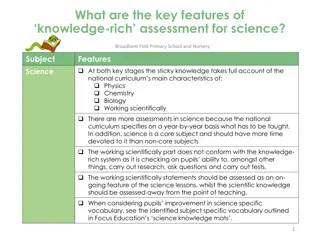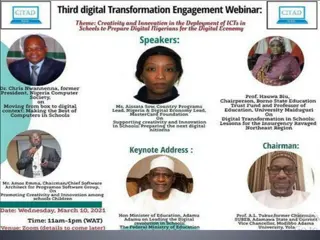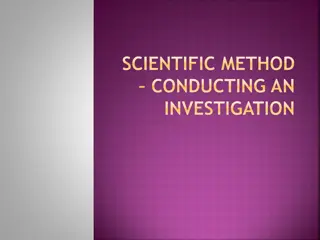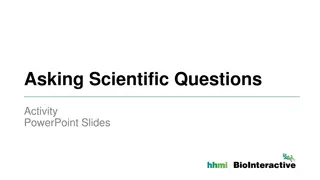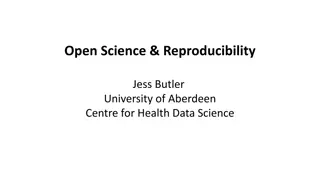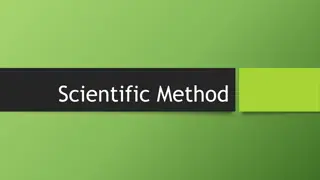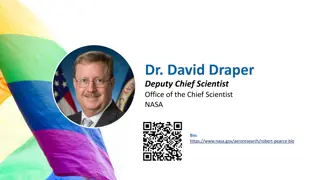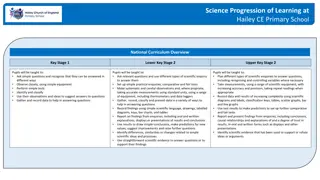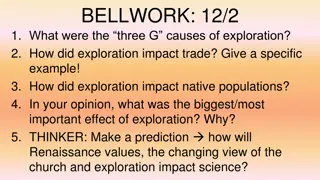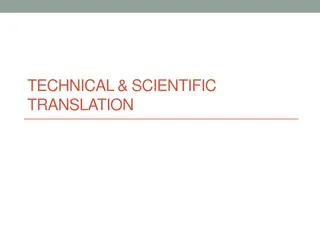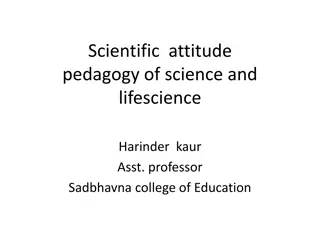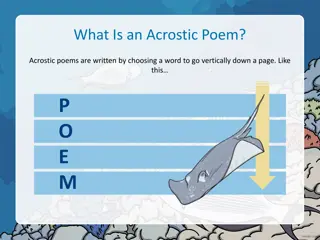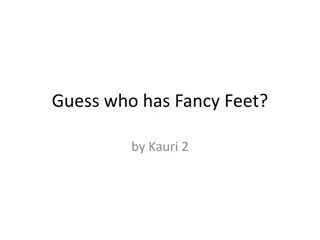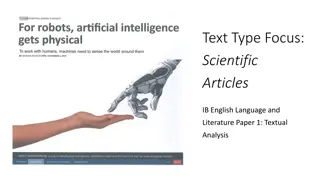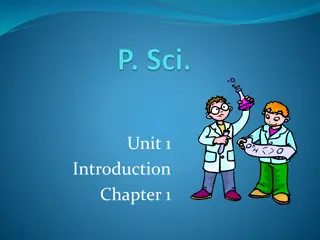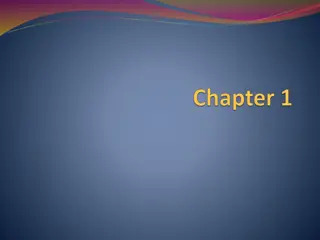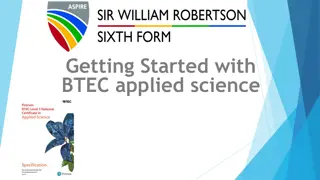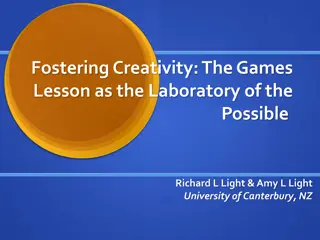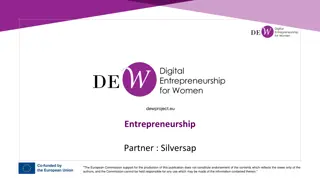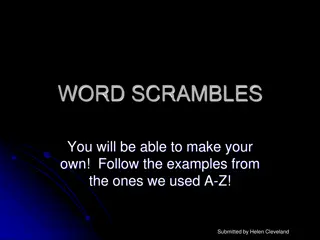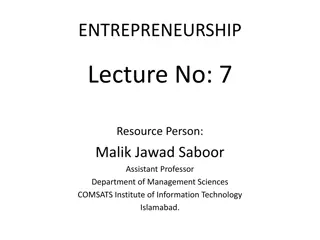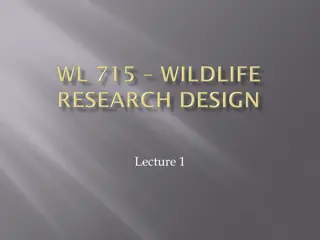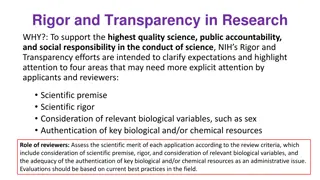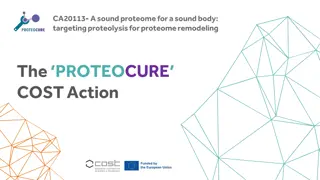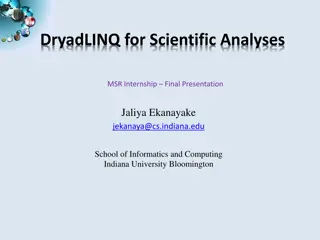Insights on Scientific Creativity and Imagination in Science
Explore the origins of ideas, the scientific method, and the role of imagination in scientific discovery through the perspectives of renowned figures like Isaac Asimov, Richard Feynman, and Donald M. Cameron. Delve into the interplay between creativity, constraints, and reality in the pursuit of scientific knowledge and innovation.
Download Presentation

Please find below an Image/Link to download the presentation.
The content on the website is provided AS IS for your information and personal use only. It may not be sold, licensed, or shared on other websites without obtaining consent from the author. Download presentation by click this link. If you encounter any issues during the download, it is possible that the publisher has removed the file from their server.
E N D
Presentation Transcript
On Creativity Don Cameron 2022 Donald M. Cameron
Ideas If trade secrets and inventions come from Ideas Where do Ideas come from? 2
The Scientific Method 1. Hypothesis 2. Make an Experiment 3. Observe 4. Conclude 4
Isaac Asimov The most exciting phrase to hear in science, the one that heralds the most discoveries, is not "Eureka!" (I found it!) but 'That's funny... 5
The Scientific Method 1. Observe 2. Conclude 3. Hypothesis 4. Make an Experiment 6
Camerons Spin on The Scientific Meethod Hypothesis Experiment Conclusion Observation 7
The Cameron de la Herrn model exp observe The Scientific Method spiral: repeating the 4 steps every loop increasing knowledge at every cycle exp observe exp observe observe 8
Richard Feynman Imagination in Science So many of his witnesses observed the utter freedom of his flights of thought, yet when Feynman talked about his own methods he emphasized not freedom but constraints. The kind of imagination that takes blank paper, blank staves, or a blank canvas and fills it with something wholly new, wholly free -- that, Feynman contended, was not the scientist's imagination. Nor could one measure imagination as certain psychologists try to do, by displaying a picture and asking what will happen next. For Feynman the essence of the scientific imagination was a powerful and almost painful rule. What scientists create must match reality. It must match what is already known. Scientific creativity, he said, is imagination in a straitjacket. 'The whole question of imagination in science is often misunderstood by people in other disciplines,' he said. 'They overlook the fact that whatever we are allowed to imagine in science must be consistent with everything else we know...' 9
The Hoverboard Not immediately possible Not a invention 10
The Immediately Possible What s known? What s immediately possible? What s obvious improvement over what s known? What s Inventive? More than obvious But still, only what s possible what s known 11
Video #1: John Cleese of: Monty Python Fawlty Towers A Fish Called Wanda Q in some James Bond movie 1991: Creativity in Management https://www.youtube.com/watch?v=Pb5o IIPO62g transcript: https://jamesclear.com/great- speeches/creativity-in-management-by- john-cleese 2020: book 13
per John Cleese: 1. Space (an oasis of time) 2. Time to create the oasis (about 90 minutes) 3. Alone or play with others (brainstorming) 4. Enter the Open Mode (anything goes) Use the Closed Mode later to critique and execute 5. Use your deadline as an endpoint: use all the time available. 14
Video #2: Richard Feynman One of the best ever: Physicists & physics teacher Post WW2 depressed: Help designed the bomb Figured world would soon end His wife had died of TB Physics wasn t fun anymore ... until he made it so. BBC The Fantastic Mr. Feynman https://www.youtube.com/watch?v=H9fjhQMsDW4 13:05 15:32 & 18:07-19:01 15
3M play time 16
Brainstorming playing with ideas Play with friends No idea is stupid Intermediate impossibles might lead to the good idea Choose the best ideas to try out/refine
More Tips Use sleep My best ideas come between 3 and 5 AM Sleep clears the brain to make room for new ideas Naps work, I m told Leave the problem on simmer on your brain s back stove element Read Widely The more you know, the more possible combinations you can make 18
Be Curious Learn about lots of things Creativity is just connecting things. When you ask creative people how they did something, they feel a little guilty because they didn t really do it, they just saw something. It seemed obvious to them after a while. That s because they were able to connect experiences they ve had and synthesize new things. And the reason they were able to do that was that they ve had more experiences or they have thought more about their experiences than other people. Unfortunately, that s too rare a commodity. A lot of people in our industry haven t had very diverse experiences. They don t have enough dots to connect, and they end up with very linear solutions, without a broad perspective on the problem. The broader one s understanding of the human experience, the better designs we will have. Steve Jobs, Wired, February, 1996, quoted in I, Steve: Steve Jobs in His Own Words , edited by George Beahm 19
DONT DO IT THE OLD WAY DO IT THE WAY OTHERS DON T 20
The silicon gate transistor The most common human-made object in the world
The transistor The object is to connect the wells at will by putting a charge on the gate to open the substrate to allow current to flow Off/on = 0/1
The problem: aligning the gate wrt the wells 23
The old way: build the wells, align the gate 24
The new way: build the gate; the well align themselves 26
Inventiveness/Obviousness Inventions are inventive More that what the average skilled person would do If something is obvious, it s not inventive. You can t get a patent if it s an obvious improvement. 27
The closing door problem The Prior Art: circa 1958 My bedroom door would swing shut because of the hinges Solution: put a book in front of the door it stops closing! The classroom door: Has a piston/spring to make it close The room is stuffy let s keep the door open We try one book the door keeps swinging shut What s the obvious solution? 28
The closing door problem The brute force engineering method: If it breaks, it s too small. So make it bigger, thicker. So what s an obvious way to keep the classroom door open, if one book doesn t work? 29
Hugesson J.A. in Beloit Would any idiot have come up with it, directly and without difficulty? "The test for obviousness is not to ask what competent inventors did or would have done to solve the problem. Inventors are by definition inventive. The (Sir Stafford) Cripps Question: "The classical touchstone for obviousness is the technician skilled in the art but having no scintilla of inventiveness or imagination; a paragon of deduction and dexterity, wholly devoid of intuition; a triumph of the left hemisphere over the right. The question to be asked is whether this mythical creature (the man in the Clapham omnibus of patent law) would, in the light of the state of the art and of common general knowledge as at the claimed date of invention, have come directly and without difficulty to the solution taught by the patent. 30
On Creativity Don Cameron 2022 Donald M. Cameron
